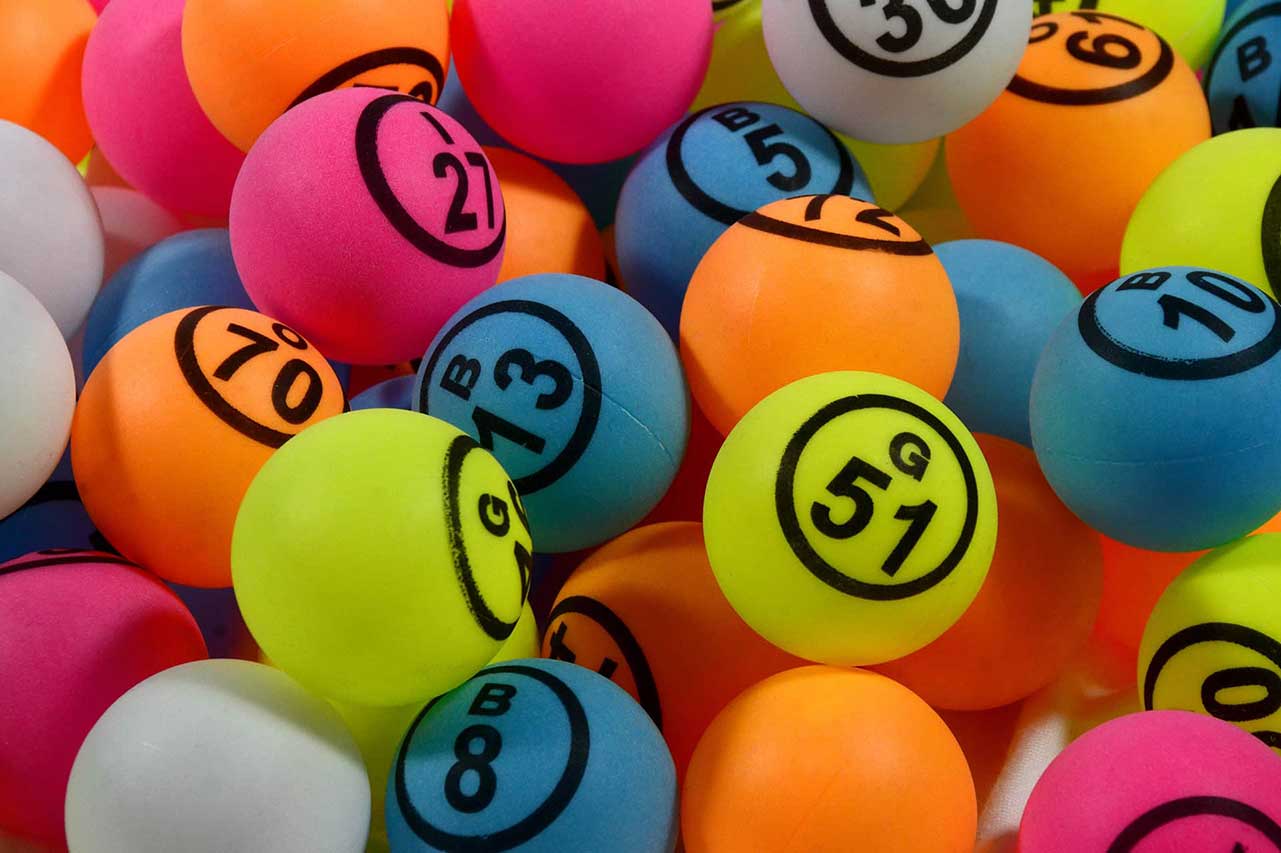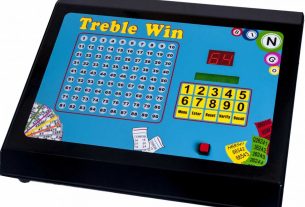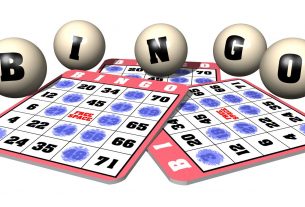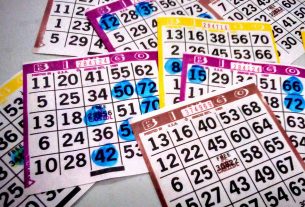When most people think of the game of bingo cards, they usually picture a group of senior citizens gathered in a club, listening avidly to the monotonous drone of the commentator. A lot of people know how to play and appreciate the fun of bingo cards. The usual game of bingo consists of cards with numbers printed inside shapes, usually squares, placed on grids of five by fives or more. A commentator or supervisor is appointed to call out numbers, which are randomly drawn out from a container of some sort. When a called number is available on a player’s bingo card, they are to cross it out. The aim of each player is to be able to cross out every number on their card. The first player to do so is the winner, a prize as an objective makes the game even more fun and engaging. Bingo cards are a suitable activity for any party, social gathering, and other group festivities. It is a simple but fun game that may be played by anyone.
Recently however, creative minds have developed a way to add to the fun in traditional bingo cards. They’ve created unique versions of the game; they make cards which have appropriate themes for the current season. For example, Christmas season brings fun bingo cards with words like “Santa” or “Rudolph” printed on the grids, instead of the usual numbers. For Valentine’s month, bingo cards have “love” or “chocolate” on them. The die hard romantics may even print “marry me” or “be mine” on the cards, for a more ingenious and fun way of proposal. Bingo cards have also become a fun trend in education. This has become increasingly popular amongst kindergarten students; they commonly use bingo cards to relate words to pictures. It is a fun diversion that makes students willing to learn. Teachers may organize the bingo game in advance by preparing some questions, and writing the corresponding answers on the cards. This technique is an excellent practice for reviewing the students; it is an inventive variation to the traditional flash cards.
Bingo cards can be appropriate for any subject, even math. In a math game, the students may solve problems to fill up their bingo cards instead of just crossing out the squares. Bingo is also an optimal game for the language subjects. For example, a teacher may speak a phrase in Spanish, and the students must find the matching translation in their cards. A fun teaching method such as this may help motivate the students in studying, and may even leave them enthused for the next lesson. Playing bingo cards can be more fun and enjoyable with an imaginative twist.




